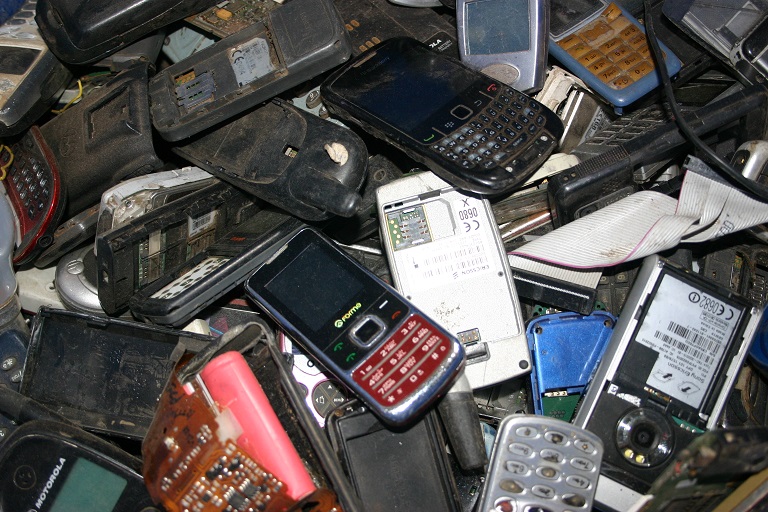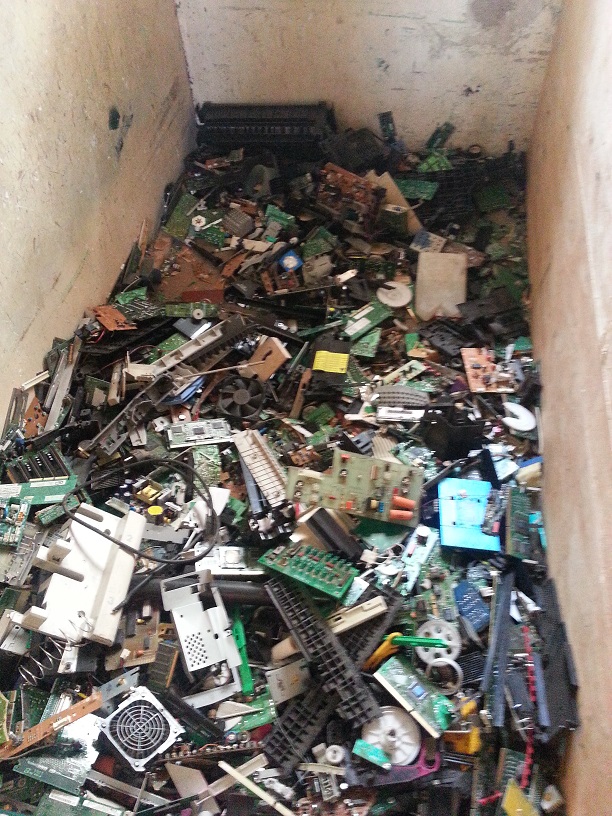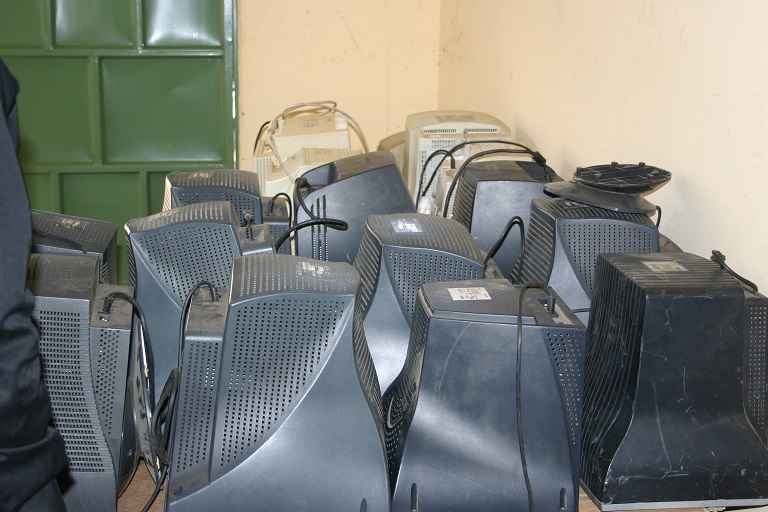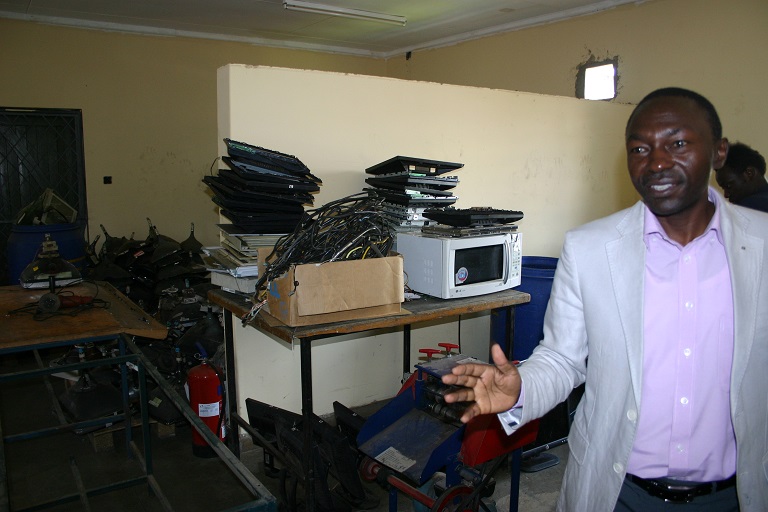Where do all our old gadgets go?
Posted by: Djam Bakhshandegi, Citizenship and Partners in Learning Lead, Microsoft West, East, Central Africa and Indian Ocean Islands
 We are living in what many people call the ‘age of consumption’. We’re constantly purchasing new gadgets and devices, most of which have relatively short lifespans. The lifespan of most electronic devices is only about 3 years. And it’s not just that some things aren’t made to last. Technology is evolving at such a rate that soon after you’ve bought something, a newer, better and faster version is released. We often throw things away not because they are broken, but because we want a newer model.
We are living in what many people call the ‘age of consumption’. We’re constantly purchasing new gadgets and devices, most of which have relatively short lifespans. The lifespan of most electronic devices is only about 3 years. And it’s not just that some things aren’t made to last. Technology is evolving at such a rate that soon after you’ve bought something, a newer, better and faster version is released. We often throw things away not because they are broken, but because we want a newer model.
The impact this has on the environment is alarming. Many of our gadgets contain toxic substances that are harmful to the environment. It’s called e-Waste – and it's an increasing problem across the globe. As a technology company, Microsoft is committed to being part of the solution.
I recently visited the WEEE Centre (Waste Electrical and Electronic Equipment), the only e-Waste Management Centre in Kenya, and came back feeling very privileged to have met, and partnered, with this wonderful and passionate organisation. Microsoft has, in fact, been a partner to the centre’s founder, Dr Tom Musili, for over 10 years.
 Dr Musili took me on a tour of the centre and explained how they recycle ‘e-Waste’. It’s far more complex than I imagined. The centre sorts through waste to establish what can be reused and what needs to be dismantled into parts for recycling. Cables are separated and stripped to use the copper. Hard plastic is shredded into powder and mixed with ad plastic to make fencing poles. Some things are particularly difficult to deal with, such as computers with the older Cathode Ray Tube (CRT) monitors, which contain very harmful substances. These are taken apart with a special machine which cuts the glass away to be reused. Motherboards (from computers and phones) are also difficult to handle, and are shipped to a partner in Belgium that specialises in disposing them in an environmentally-friendly manner.
Dr Musili took me on a tour of the centre and explained how they recycle ‘e-Waste’. It’s far more complex than I imagined. The centre sorts through waste to establish what can be reused and what needs to be dismantled into parts for recycling. Cables are separated and stripped to use the copper. Hard plastic is shredded into powder and mixed with ad plastic to make fencing poles. Some things are particularly difficult to deal with, such as computers with the older Cathode Ray Tube (CRT) monitors, which contain very harmful substances. These are taken apart with a special machine which cuts the glass away to be reused. Motherboards (from computers and phones) are also difficult to handle, and are shipped to a partner in Belgium that specialises in disposing them in an environmentally-friendly manner.
Giving new life to old computers
Of course, some computers that are thrown away are still in working order – or just need a little maintenance. They are unwanted, but Musili is adamant that they can still serve an important role in under-resourced schools. And I agree with him. While we know that African schools should not be getting ‘left-overs’ from the rest of society, there can be no disputing that an old computer is better than no computer at all. With the fastest growing consumer market in the world, we are certain to get an ever increasing number of devices on the continent. Our channels for disposing of used hardware therefore need to be optimal to recycle good parts and destroy e-waste and safeguard our environment.
there can be no disputing that an old computer is better than no computer at all. With the fastest growing consumer market in the world, we are certain to get an ever increasing number of devices on the continent. Our channels for disposing of used hardware therefore need to be optimal to recycle good parts and destroy e-waste and safeguard our environment.
This is the rationale behind Musili’s second project, ‘Computers for Schools Kenya’ , which refurbishes old computers for use in schools that currently have no computers at all. The organisation has not only already equipped over 100 000 schools with computers, but has worked to maintain them, trained over 20 000 educators and provided students with computer literacy certifications.
Last month Computers for Schools Kenya joined the TechSoup Global Network. As TechSoup Kenya, the organisation can now supplement its hardware and services offering with software at very low fees in conjunction with ICT donor partners, such as Microsoft, as well as by supporting NGOs to make the most of their ICT purchases and infrastructure.
 So, the next time you have a computer or cellphone you’d like to get rid of, look up your nearest recycling service or e-Waste organisation. At least you know your gadgets are going to a good cause.
So, the next time you have a computer or cellphone you’d like to get rid of, look up your nearest recycling service or e-Waste organisation. At least you know your gadgets are going to a good cause.